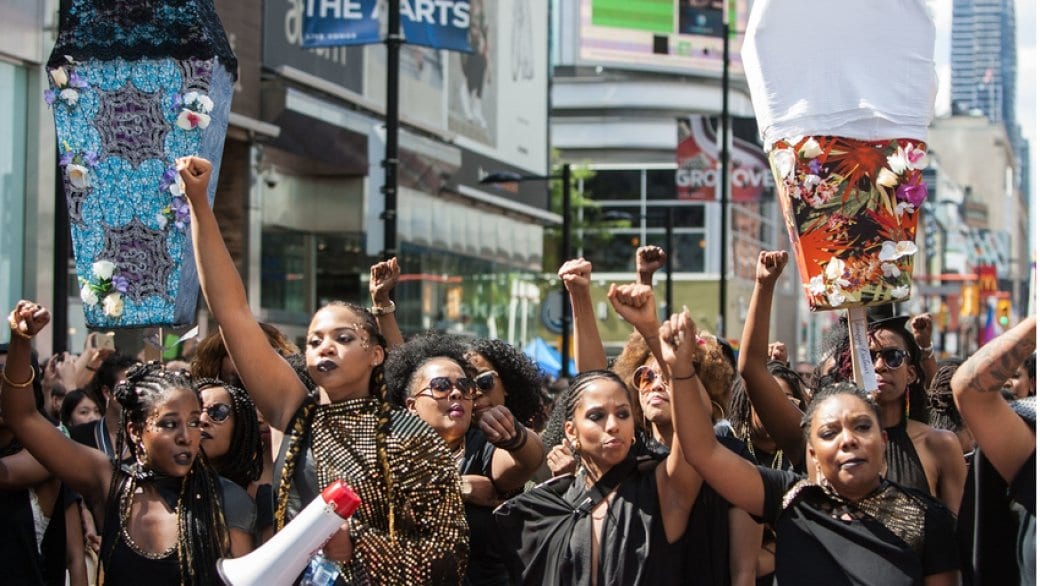In June of this year, an extraordinary event took place.
Toronto police Chief Mark Saunders appeared at the same podium as a man charged with a serious crime.
Saunders was there to express his regret, though not to explicitly apologize for, the 1981 raids on four Toronto bathhouses that resulted in the arrests of over 300 men. It was one of the largest mass arrests in Canadian history and was a profound demonstration of the contempt the Canadian state had for gay men at the time.
In negotiating his meager, half-hearted expression of regret, Saunders and the Toronto Police Service worked with Brent Hawkes, the senior pastor of the Metropolitan Community Church of Toronto, one of the city’s most respected gay activists and a man who was at that very time facing criminal charges related to sexual assault.
That Hawkes was facing these charges was not remarked on by the media outlets covering the event, and certainly not by the police.
But what was remarkable was that this was occurring at a time when Saunders continually refused to meet with members of Black Lives Matter Toronto (BLMTO), a group of students, activists and concerned Torontonians who have been demanding police accountability for the violence and unjustified scrutiny imposed on black people in Toronto.
Throughout the year, BLMTO had been pushing back against police violence, and making real progress in a way that activists in Toronto rarely do. The partial-release of the findings of the investigation into Andrew Loku’s killing by Toronto police was an unprecedented move, and happened largely thanks to the public pressure brought by BLMTO.
BLMTO continued to hold Toronto police accountable at the Pride parade when they conducted a half-hour protest that became one of the biggest news story in the country.
That protest put the issue of exclusion for black, indigenous and disabled LGBT people in Pride at the forefront, and sparked serious debate about police involvement in the parade — a contentious issue that many marginalized LGBT people feel is an affront.
Pride Toronto eventually acknowledged its history of anti-black racism and promised to do better, after a town hall in late August.
Two months later, Toronto police proudly announced that they had conducted an undercover operation, Project Marie, aimed at curbing park sex in Etobicoke. They arrested over 70 men, most for either having consensual sex with other men in the park or for allegedly asking an undercover officer if he would like to have sex.
The charges have caused concern and elicited protests in the LGBT community. There’s no doubt that the actions of 22 Division will add to the arguments of those who don’t want police to march in the parade.
But the question still remains; will the concerns that the black queer and trans people have over policing be listened to by the rest of the community? This year, many white LGBT people were asked to rethink their relationship with the police by those who feel the cops aren’t their protectors. Will 2017 be the year that they actually listen?
This story is part of Xtra’s A Year in Review news picks for 2016.

 Why you can trust Xtra
Why you can trust Xtra


